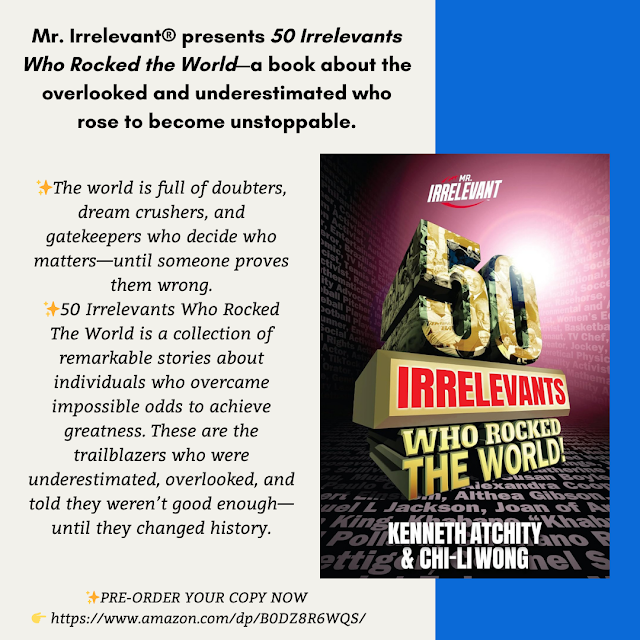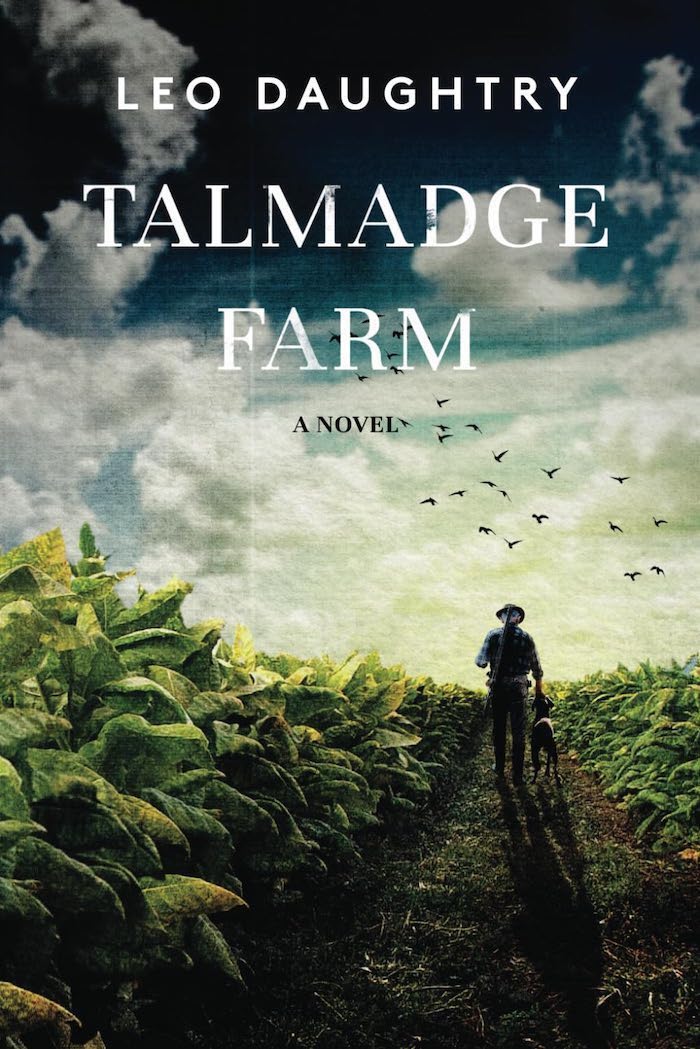“Talmadge Farm” is a sweeping drama that follows three unforgettable families navigating the changing culture of North Carolina at a pivotal moment in history. A love letter to the American South, the novel is a story of resilience, hope, and family – both lost and found.
What inspired you to write “Talmadge Farm?”
I lived through changing times, particularly the 1950s when there was nearly complete segregation in the South, especially in rural areas. Sharecropping was common, and women did not divorce in those times because it was considered demeaning, a failure. Then in the 1960s, everything began to change. Sharecropping disappeared, birth control entered the picture, and women could live life with more freedom and less dependence on men.
Can you tell us more about your family history and its connection to North Carolina and tobacco?
How did this environment influence your writing?
Beyond the direct associations with tobacco and North Carolina, are there more subtle aspects of your upbringing and family history that influenced your writing?
Tobacco was king in North Carolina. People practically worshiped it. Where I grew up, it put food on the table. Cotton was more up and down, but tobacco provided financial stability, not just for farmers but for the whole community. My family grew tobacco, sold fertilizer and seed, and managed a tobacco auction. It was our whole world.
You have had a successful career as a lawyer and an Air Force Captain before that. What prompted you to pursue writing fiction?
I always had the idea for this particular story in my head. The 1950s and 1960s were two decades that changed the world, and a farm with sharecroppers is a bit of a pressure cooker environment. You have the farmowner’s family – in many cases people of wealth and entitlement – living just down the driveway from the sharecropping families. The sharecroppers were poor and had limited options, so they felt stuck living on a farm that didn’t belong to them doing backbreaking work with no way out. It’s a situation that lends itself to drama: families with major differences in class/race/socioeconomic status living in such close proximity to one another.
How has the landscape of tobacco farming changed, and how did you incorporate those changes into the plot of “Talmadge Farm?”
Probably the biggest change was the shift from sharecropping to migrant workers. Today, tobacco farmers are large corporations that use migrant workers as laborers. But in the 1950s, farming relied almost completely on sharecropping, which was a hard life. Tobacco farming is physically demanding work, and sharecroppers needed the help of all family members to complete the various steps – planting, seeding, suckering, priming, worming, and cropping – of harvesting the crop.
Sharecroppers at one farm would help sharecroppers at the neighboring farm because they did not have the resources to hire extra people. In the 1950s, sharecroppers were unable to get credit anywhere but at the general store and maybe the feed store. They truly lived hand to mouth all the time, only able to pay their debts after the tobacco auction in the fall. Hence the phrase “sold my soul to the company store.” Sharecroppers often turned to moonshining as a way to make extra money.
As I describe in the novel, sharecropping began to disappear in the 1960s as children of sharecroppers started taking advantage of new opportunities that the changing society offered. Migrant workers took over the labor of farming. In addition to labor changes, new machinery improved the industry. N.C. State was instrumental in developing advances in the farming world. Legislation changed and farmers were allowed to have acreage allotments outside of the land they owned. I touch on all of these changes in the novel.
Are any of the characters in your book based on real people?
Not really. The closest characters to real people in my life are the characters of Jake and Bobby Lee. Jake is a Black teenager who wants to escape farm life and ends up running away to Philadelphia to become a success. Bobby Lee is a young Black soldier stationed at Fort Bragg. On the farm where I grew up, there was a Black sharecropping family with four sons, the youngest of whom was my age. We were very good friends.
All of the boys were bright and athletic, could fix anything, yet were limited in their opportunities. They didn’t have a school to go to or a job to look forward to. Their only options were to stay on the farm or join the army. The character of Gordon, while not based on any one person, reminds me of a lot of men I knew who did not treat women well, who were racist, who enjoyed the status quo and were resistant to anything that threatened their way of life.
In addition to the changing tobacco farming methodologies, the 1950s ushered in a period of profound social change, marked notably by the introduction of credit cards. How did these outside factors impact farming, and in what ways did they inform the development of the plot in “Talmadge Farm?”
In the novel, Gordon is the president of the local bank, yet he resists the advances in the banking industry, including credit cards and car loans and the incursion of national banks into rural communities. Gordon’s father, who founded the bank, was a brilliant man adept at navigating the bank through changing times, but Gordon simply doesn’t have the smarts to see what’s coming, and no one can get through to him. He’d rather play a round of golf than look at the balance sheet.
Leo Daughtry is a life-long resident of North Carolina. He grew up among the tobacco fields of Sampson County which served as inspiration for his debut novel, “Talmadge Farm.” After graduating from Wake Forest University and its School of Law, he established a private law practice in Smithfield, N.C.
He was a member of the N.C. House and Senate for 28 years, including serving as House Majority Leader and House Minority Leader. When not practicing law, Leo enjoys spending time in Atlantic Beach with his wife and daughters.
Praise for “Talmadge Farm”
“Set in North Carolina in the 1950s and 60s, Leo Daughtry’s story gives readers a cast of flawed characters that elicit sympathy, anger, love and hate.
The Talmadges, landed gentry, and their two sharecropper families try to adjust to the changing political, economic and social landscape of the decade.
Gordon Talmadge commits one mistake after another, ultimately destroying the legacy handed to him, as his loyal wife Claire stands by his side while the sharecropper families – one black, one white – are ultimately driven off the farm for better and for worse. A page turner.”
— George Kolber, author of Thrown Upon the World, and writer/producer of Miranda’s Victim
“In this stirring novel, Leo Daughtry creates a big, complicated portrait of family, place, race, class, and greed. Set in North Carolina, Talmadge Farm tells the story of three intertwined families. Daughtry delves deep into the heart of his characters. You’ll almost forget that you don’t know them personally; this story feels that real.”
— Judy Goldman, author of Child: A Memoir and Together: A Memoir of a Marriage and a Medical Mishap
“Talmadge Farm is a classic. Through the lives of a farm owner’s family and their sharecropping tenants, Leo Daughtry weaves a story about the emerging South. This is a story of triumph and tragedy, of good and evil, and finally reconciliation. A true morality play.”
— Gene Hoots, former tobacco executive and author of Going Down Tobacco Road





.png)










